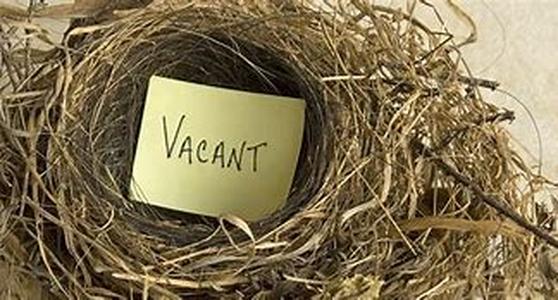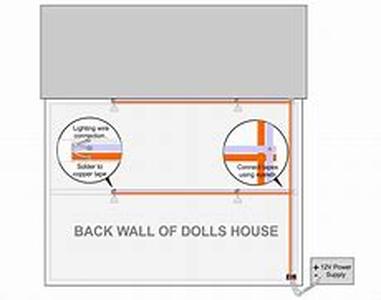
If Not With The Damage They Can Cause, Then At Least With The High Possibility Of Infestation And The Cost Of Having To Get Rid Of Them. Like Ants, Termites Are Social Insects. They Maintain A Cooperative, Decentralized, But Highly Organized System Which Allows The Colony To Survive And Search For Food From Far-flung Places. As A Result, A Colony Of Termites Can Be Very Large, Containing Up To 1,000,000 Individuals. However, The Similarity Between Ants And Termites End There. Ants Belong To The Same Group As Bees And Wasps While Termites Comprise The Isoptera Group, Which Is Often Organized Under One Supergroup Where Cockroaches And Mantids Belong To. Moreover, Termites Have Reproductive Habits That Are Characteristically Different From Those Of Ants. Thus, The Term White Ants Usually Used To Refer To Termites Is Actually A Misnomer. Understanding The Life Cycle Of Termites Is Key To Solving The Problem Of Infestation. Because Termites Have A Habit Of Concealing Themselves, People Are Usually Unaware That Their Homes Have Been Infested Until The Woods Are So Damaged They Begin To Exhibit Surface Changes. However, If You Know The Life Cycle Of Termites, You Can Use This Knowledge To Remain Alert To Certain Telltale Signs Of Infestation.Biology: The Caste SystemThe Life Cycle Of Termites Is Governed By A Caste System, Separated Into Three Different, Distinct Classes Reproductives, Workers, And Soldiers. The Reproductives, Of Course, As Their Name Suggests, Are The Members Of A Nest That Have The Ability To Lay Eggs Or Mate With A Female To Make Her Produce Eggs. The Reproductives Are Often Termed As Alates And They Are Generally Darker In Color Than The Other Members Of The Colony. They Also Have Two Pairs Of Wings Which Are Equidistant From Each Other And Are Equal In Size, Hence The Name Isoptera, Which Means Equal Wings.Alates Includes The King And The Queen, Which Are The Primary Reproductives, And The Supplementary Reproductives. In The Life Cycle Of Termites, Alates Are The Only Members That Have The Ability Of Flight. This Also Makes Them The Only Members Of The Colony That Can Get Out Of The Nest. In The Spring Time, Alates Can Be Seen Swarming Around A Source Of Light, Attracted By Its Brightness. Eventually They Would Find A Mate Amongst The Swarm With Whom They Would Mate And Then Look For A Suitable Place Where They Would Establish A Nest. Worker Termites Are Slightly Smaller Than The Alates And, Apart From The Pigmentation Around The Head, Are Wholly White In Color. They Are The Ones Responsible For Digging Tunnels, Finding Food Sources, And Generally Keeping The Colony Alive By Their Constant Foraging. In The Life Cycle Of Termites, Soldiers Are Responsible For Keeping Enemies At Bay. If They See An Enemy, Such As An Ant, They Attack.





